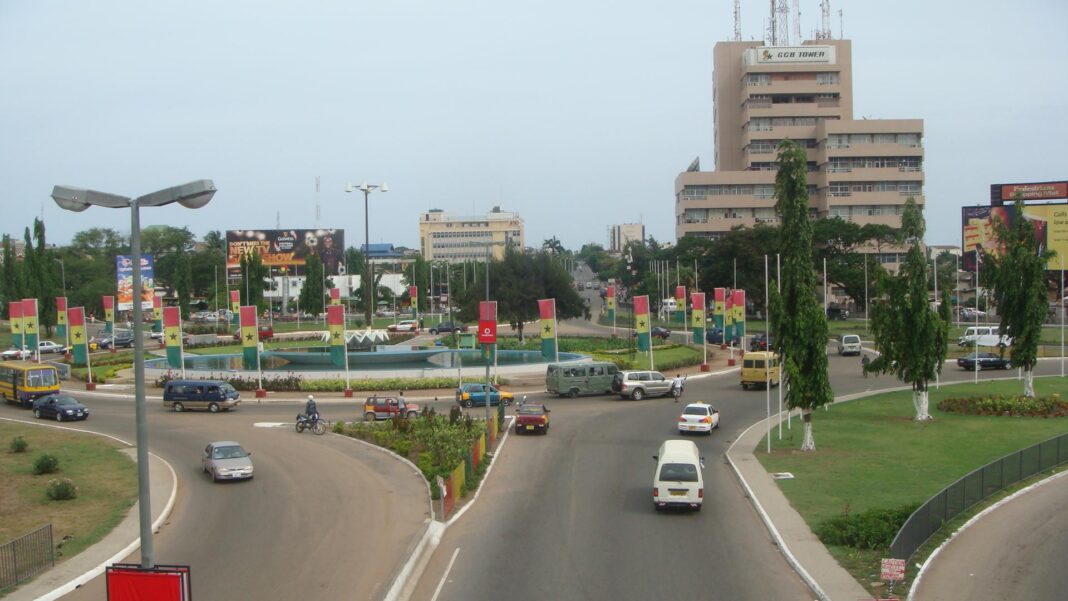Accra, Ghana’s bustling capital, is known for its vibrant street life, thriving businesses, and diverse culture. But amid the city’s energy and opportunity lie pockets of danger that continue to pose serious threats to both residents and visitors.
While crime is not unique to any city, certain areas in Accra have gained notoriety for the frequency and boldness of criminal activity. Ride-hailing drivers, traders, and even law enforcement officials quietly warn against late-night ventures into some of these neighborhoods.
Here’s a look at some of Accra’s most dangerous zones — not to stigmatize them, but to raise awareness and encourage caution.
1. Teshie
Once considered one of Accra’s quieter coastal areas, Teshie has in recent years become a hotspot for snatching incidents, particularly targeting mobile phones and vehicles. Multiple reports from ride-hailing drivers indicate that many now avoid trips to certain parts of Teshie, especially at night, due to fears of robbery and car hijackings. The boldness of these criminals — often striking in traffic or in dimly lit corners — has left residents and commuters on edge.
2. Ashaiman
Ashaiman has long held a reputation for unrest, and while the area is also home to hardworking residents and vibrant businesses, it remains one of the most feared suburbs of Accra. Reports of gang violence, street robberies, and violent confrontations are not uncommon. Law enforcement has made several high-profile interventions in recent years, but the perception — and reality — of insecurity persists. The town’s sprawling layout and dense population make it a difficult terrain for regular police patrols, allowing criminals to hide in plain sight.
3. Nima
Nima is known for its rich Islamic culture and dynamic street life, but it is also one of the areas in Accra where tensions can escalate quickly. From clashes between rival groups to reports of knife attacks and robberies, Nima has made headlines for the wrong reasons more than once. While parts of the community remain peaceful, others are flagged by residents themselves as danger zones, especially after dark.
4. Circle (Kwame Nkrumah Interchange)
Circle is a major transport and commercial hub in Accra, teeming with activity at all hours of the day. But where there is hustle, there are hustlers. Petty theft, pickpocketing, and phone snatching are rampant, particularly during rush hours. Criminals here are known for operating in well-organized groups, targeting unsuspecting pedestrians and commuters.
5. Mallam-Gbawe and Sowutuom
These fast-developing suburbs are not traditionally on Accra’s “watchlist,” but recent incidents suggest a troubling trend. Late-night robberies and break-ins are becoming more frequent, especially in newly constructed residential areas with limited security presence. As urban sprawl pushes people further from the city center, law enforcement in these neighborhoods appears to be playing catch-up.
What can be done?
Security analysts and local leaders have often pointed to a lack of visible policing, poor street lighting, and unemployment as some of the root causes fueling crime in these areas. While community policing and youth engagement programs have been piloted, residents say more consistent efforts are needed.

